Introduction
Mackerel dumplings, a beloved dish in coastal Chinese cuisine, offer a harmonious blend of tender fish, aromatic vegetables, and fragrant spices. This culinary delight, often enjoyed during family gatherings or festive occasions, showcases the delicate balance between seafood’s briny freshness and the earthy notes of seasonings. Crafting the perfect mackerel dumpling filling requires precision, patience, and an understanding of how ingredients meld to create a symphony of flavors. In this comprehensive guide, we will explore the intricacies of selecting, preparing, and combining components to achieve a filling that is both juicy and aromatic. Whether you are a seasoned cook or a novice in the kitchen, this article will equip you with the knowledge to elevate your dumpling game to new heights.
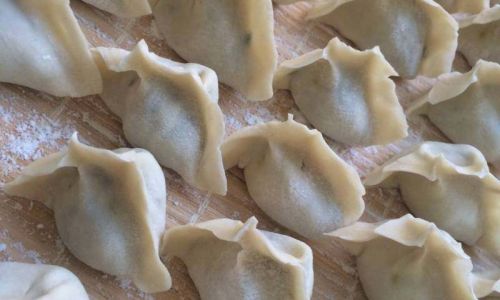
The Essence of Mackerel: Why This Fish?
Mackerel, a oily fish rich in omega-3 fatty acids, is prized for its robust flavor and tender texture. Unlike delicate white fish, mackerel’s natural fattiness ensures a moist and flavorful filling that remains succulent even after cooking. When selecting mackerel, opt for fresh, whole fish with clear eyes, shiny skin, and a mild sea-breeze aroma. Frozen fillets can suffice, but freshness is key to avoiding a “fishy” aftertaste. For those concerned about sustainability, consider species like Atlantic mackerel, which are abundant and responsibly harvested.
Ingredients: Building Blocks of Flavor
Creating the ideal mackerel dumpling filling hinges on selecting high-quality ingredients and balancing their profiles. Below is a breakdown of essential components:
- Mackerel (1 lb/450g): Boneless fillets are preferable for ease, but whole fish can be used with careful deboning.
- Vegetables:
- Napa Cabbage (1 cup): Adds crunch and moisture.
- Green Onions (3 stalks): Impart a mild oniony sweetness.
- Fresh Ginger (1 tbsp, grated): Cuts through the fish’s richness with its zesty warmth.
- Aromatics and Seasonings:
- Soy Sauce (2 tbsp): Provides umami depth.
- Sesame Oil (1 tsp): Enhances aromatic complexity.
- White Pepper (1/2 tsp): Adds a subtle heat without overpowering.
- Salt (1 tsp): Balances flavors.
- Sugar (1/2 tsp): Rounds out the savory notes.
- Binding Agents:
- Egg (1 large): Acts as a glue to hold the filling together.
- Cornstarch (1 tbsp): Absorbs excess moisture, preventing sogginess.
- Optional Enhancements:
- Chili Oil: For a spicy kick.
- Cilantro: Adds freshness.
- Wood Ear Mushrooms: Contribute a chewy texture.
Preparation: From Fish to Filling
Deboning and Mincing the Mackerel
Begin by rinsing the mackerel fillets under cold water. Pat them dry with paper towels to remove excess moisture. Using a sharp knife, carefully remove any remaining pin bones. For a smoother texture, some cooks prefer to skin the fish, though leaving the skin intact can add gelatinous richness.
Next, mince the fish into a coarse paste. Avoid overprocessing, as overmixing can result in a gluey consistency. A food processor can expedite this step, but hand-mincing with a cleaver yields a superior texture, allowing for irregular chunks that retain moisture.
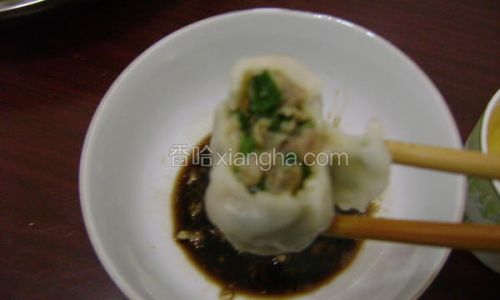
Preparing the Vegetables
Napa cabbage, a staple in dumpling fillings, requires special attention to prevent waterlogged dumplings. Finely shred the cabbage, sprinkle with salt, and let it sit for 15 minutes. Squeeze out the released liquid thoroughly—this step is crucial for maintaining the filling’s integrity.
Green onions should be sliced into thin rings, while ginger is best grated to release its aromatic oils. For added texture, consider incorporating minced wood ear mushrooms or julienned carrots.
Marrying Flavors: The Mixing Process
In a large mixing bowl, combine the minced mackerel, drained cabbage, green onions, and ginger. Create a well in the center and add the soy sauce, sesame oil, white pepper, salt, and sugar. Crack the egg into the well and sprinkle the cornstarch evenly over the mixture.
Using your hands or a sturdy spatula, gently combine the ingredients. The key here is to mix in one direction—clockwise or counterclockwise—to develop the protein strands in the fish, resulting in a springy, cohesive filling. Avoid aggressive stirring, which can break down the fish’s structure.
Tasting and Adjusting
Before stuffing the dumplings, perform a taste test. Fry a small patty of the filling in a pan and adjust seasonings as needed. If the flavor feels flat, add a pinch more salt or a splash of soy sauce. For depth, a drizzle of Shaoxing wine or a splash of rice vinegar can elevate the profile.

Advanced Techniques: Elevating the Filling
Infusing Aromatics
For an extra layer of flavor, infuse the sesame oil with star anise or Sichuan peppercorns before adding it to the filling. Strain the oil after cooling to remove solids, leaving behind a fragrant essence.
Smoked Mackerel Variation
Substitute a portion of the fresh mackerel with smoked mackerel for a smoky, complex filling. Balance the intensity with sweet elements like roasted garlic or honey.
Fermented Touch
Introduce a teaspoon of fermented black bean paste or doubanjiang for a savory, umami-rich twist. This addition pairs beautifully with the fish’s natural brininess.
Troubleshooting Common Issues
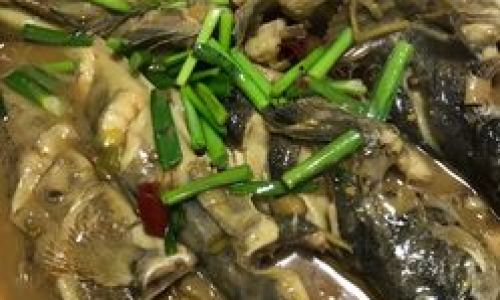
- Soggy Filling: Excess moisture is the enemy. Ensure vegetables are thoroughly drained, and consider increasing cornstarch by 1/2 tbsp if needed.
- Dry Texture: Overmixing or insufficient fat content can cause dryness. Add a teaspoon of neutral oil or a splash of chicken broth to remedy.
- Fishy Aroma: Soak the fish in milk for 15 minutes before mincing to neutralize any undesirable odors.
Pairing Suggestions and Serving Ideas
Mackerel dumplings shine when paired with tangy dipping sauces. A classic mixture of soy sauce, rice vinegar, minced garlic, and chili oil complements their richness. For a heartier meal, serve them in a broth with bok choy and enoki mushrooms, or pan-fry until crispy for a textural contrast.
Cultural Significance: Dumplings as Symbols of Unity
In Chinese culture, dumplings symbolize wealth and prosperity, often enjoyed during Lunar New Year celebrations. The act of wrapping dumplings together fosters familial bonds, with each fold representing a wish for good fortune. Mackerel dumplings, in particular, hold a place in coastal traditions, where fishermen’s families would use the day’s catch to create these delectable morsels.
Conclusion: The Journey to Dumpling Mastery
Crafting the perfect mackerel dumpling filling is an art that rewards patience and attention to detail. By selecting quality ingredients, balancing flavors, and respecting the mixing technique, you can create a filling that is both comforting and gourmet. Experiment with regional variations, from the spicy Sichuan-inspired twists to the subtle sweetness of Shanghai-style dumplings. Remember, the best dumplings are those made with love—so gather your loved ones, roll up your sleeves, and embark on a culinary adventure that transcends mere sustenance. Whether steamed, boiled, or pan-fried, these mackerel dumplings are sure to become a cherished staple in your repertoire.
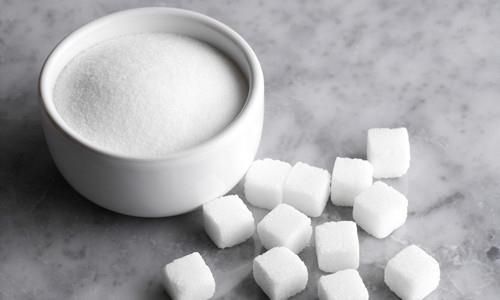
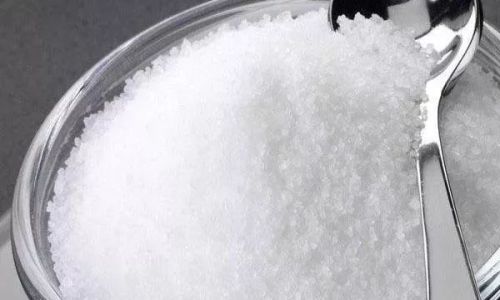

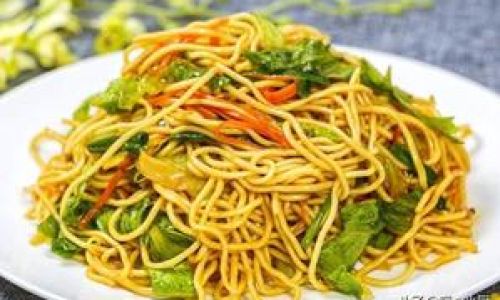
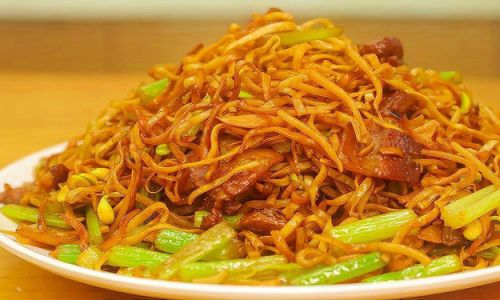
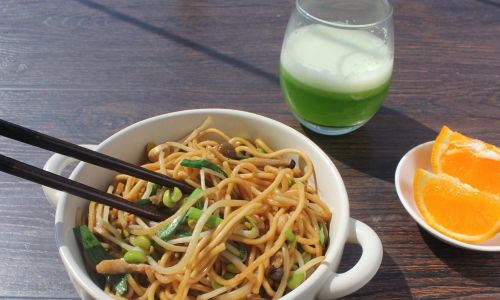
0 comments